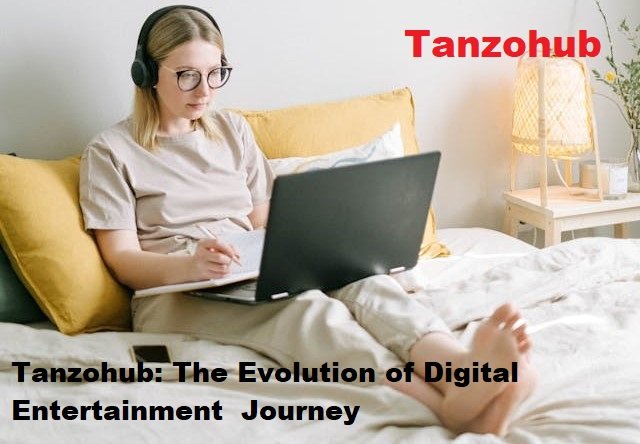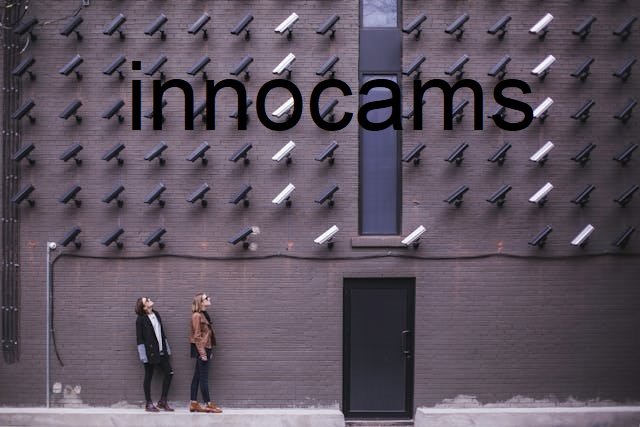Web3: The Next Evolution of the Internet

The internet has undergone several transformative phases since its inception, each marked by distinct technological advancements and shifts in how we interact with the digital world. Web3 represents the next evolution, promising a decentralized, user-centric internet experience built on blockchain technology. This new paradigm has the potential to revolutionize not only how we use the internet but also how we perceive ownership, privacy, and data security.
What is Web3?
Web3 is a broad term that encompasses a vision for a decentralized internet where users have greater control over their data, digital identities, and online interactions. Unlike Web 2.0, which is characterized by centralized platforms and services, Web3 aims to distribute control and value more evenly among participants.
At the core of Web3 is blockchain technology, which enables the creation of decentralized applications (dApps) and smart contracts. These decentralized applications run on a network of computers (nodes) rather than on a single central server, making them more resistant to censorship and single points of failure.
Key Features of Web3

Decentralization
It prioritizes decentralization, ensuring that no single entity has control over the network. This decentralization is achieved through the use of blockchain technology, which enables consensus among network participants without the need for a central authority.
Data Ownership
In Web3, users have greater control over their data. They can choose to share their data selectively and retain ownership of it, unlike in Web 2.0, where large tech companies often collect and monetize user data without explicit consent.
Interoperability
It promotes interoperability between different blockchain networks and protocols, allowing for seamless interactions between dApps and users across the decentralized web.
Transparency
The transparent nature of blockchain technology ensures that transactions and data are publicly verifiable, enhancing trust among network participants.
Security
Blockchain’s cryptographic principles make Web3 applications more secure against cyber-attacks and unauthorized access, enhancing the overall security of the internet.
Use Cases of Web3
This technology has the potential to revolutionize various industries and use cases, including:
Finance
Decentralized finance (DeFi) is one of the most prominent use cases of Web3, offering a range of financial services without the need for traditional banks or intermediaries.
Gaming
It enables the creation of decentralized gaming platforms where players can truly own in-game assets and trade them with other players.
Social Media
Decentralized social media platforms built on Web3 principles offer users greater control over their data and privacy, reducing the influence of centralized entities.
Supply Chain
Web3 can improve supply chain transparency and efficiency by enabling secure, tamper-proof tracking of goods from the point of origin to the end consumer.
Web3 platforms
The platforms of Web3 are part of a decentralized web movement that aims to transform the Internet into a more secure, private, and user-centric environment. Here are some popular Web3 platforms and technologies:
1. **Ethereum**
A decentralized platform that enables developers to build and deploy smart contracts and decentralized applications (DApps). It uses blockchain technology to create a secure and transparent network.
2. **Polkadot**
A multi-chain network that enables different blockchains to transfer messages and value in a trust-free fashion. It aims to create a decentralized web where users are in control of their data and assets.
3. **Solana**
A high-performance blockchain platform that focuses on scalability and decentralization. It uses a unique consensus mechanism called Proof of History (PoH) to achieve high throughput.
4. **Filecoin**
A decentralized storage network that allows users to store, retrieve, and transfer data in a secure and efficient manner. It aims to create a more resilient and censorship-resistant web.
5. **IPFS (InterPlanetary File System)**
A protocol and network designed to create a content-addressable, peer-to-peer method of storing and sharing hypermedia in a distributed file system.
6. **DAOs (Decentralized Autonomous Organizations) **
Organizations that are run by smart contracts and governed by their members. They aim to create a more transparent and democratic way of organizing communities and businesses.
7. **Web3.js**
A JavaScript library that allows developers to interact with Ethereum and other Web3 platforms. It provides a way to send transactions, deploy smart contracts, and query blockchain data from within a web application.
These platforms and technologies are at the forefront of the Web3 movement. It aims to decentralize the internet and empower users with greater control over their data and digital assets.
Challenges and Considerations of Web3
While it offers many promising benefits, it also faces several challenges, including scalability, usability, and regulatory concerns. Scaling blockchain networks to support mass adoption without compromising decentralization is a significant technical challenge. Additionally, ensuring that decentralized applications are user-friendly and accessible to non-technical users is crucial for widespread adoption.
Regulatory concerns around cryptocurrencies and decentralized applications also pose challenges to the mainstream adoption of Web3. Governments and regulatory bodies are still grappling with how to regulate these new technologies while balancing innovation and consumer protection.
Conclusion
Web3 represents a paradigm shift in how we think about and interact with the internet. By prioritizing decentralization, data ownership, and transparency, Web3 has the potential to empower individuals, enhance privacy, and foster innovation across various industries. However, addressing the challenges and ensuring a user-friendly design will be crucial for the widespread adoption of Web3 and the realization of its full potential. To get more informative blogs visit our website.






